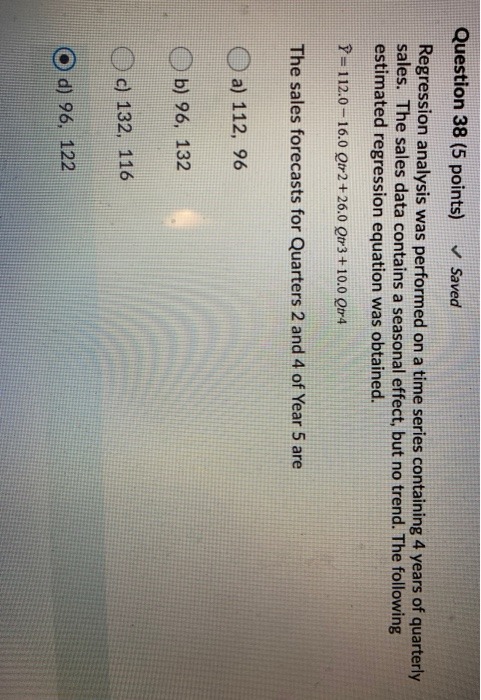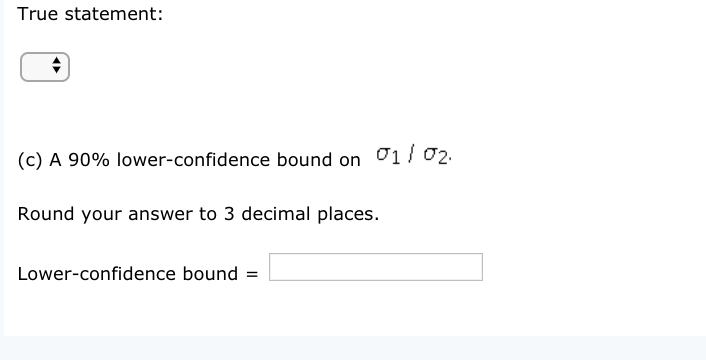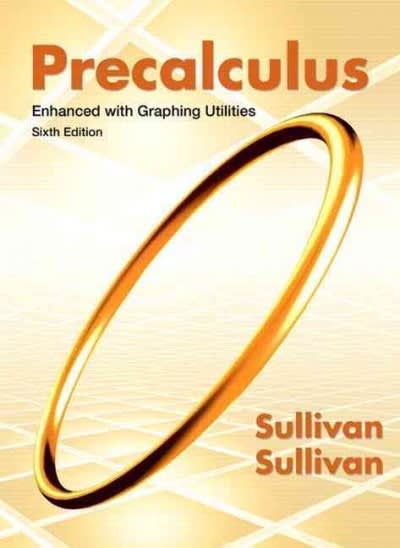Question
Question: Consider the accompanying second creating capacities. For each situation, distinguish the dissemination included totally. Make certain to indicate the mathematical estimation of all boundaries
Question:
Consider the accompanying second creating capacities. For each situation, distinguish the dissemination included totally. Make certain to indicate the mathematical estimation of all boundaries that recognize the appropriation. For instance, if X is ordinary, give the mathematical estimation of p and a2; if gamma, express an and p. (a) e3r+1612/2
(b) (1 - 30-7 (c) (1 - 20-12 (c0 e3r et
(e) e12/2 (0 (1 - 70-1 (g) e3t+t2/2
Question 30
In leading an analysis in the lab, temperature checks are to be utilized at four intersection focuses in the gear arrangement. These four checks are arbitrarily chosen from a receptacle containing seven such measures. Obscure to the researcher, three of the seven checks give ill-advised temperature readings. Let Xdenote the quantity of deficient checks chose and Y the quantity of nondefective measures chose. The joint thickness for (X, Y) is given in Table 5.5. (a) The qualities given in Table 5.5 can be inferred by understanding that the arbitrary variable Xis hypergeometric. Utilize the consequences of Sec. 3.7 to confirm the qualities given in Table 5.5.
(b) Track down the negligible densities for both X and Y. What kind of irregular variable is Y?
(c) Naturally talking, are X and Y autonomous? Legitimize your answer numerically.
TABLE 5.5
x/y 11 1 2 3 4 0 1/35 1 0 12/35 0 2 0 18/35 0 3 0 4135 0
Question 31
The two most basic kinds of mistakes made by software engineers are sentence structure blunders and blunders in rationale. For a basic language, for example, Fundamental the quantity of such blunders is normally little. Allow X to indicate the quantity of linguistic structure blunders and Y the quantity of mistakes in rationale made on the originally run of an Essential program. Expect that the joint thickness for (X, Y) is as demonstrated in Table 5.6. (a) Discover the likelihood that a haphazardly chosen program will have neither of these kinds of mistakes.
(b) Discover the likelihood that an arbitrarily chosen program will contain in any event one sentence structure blunder and at most one mistake in rationale.
(c) Track down the minimal densities for X and Y. (d) Discover the likelihood that an arbitrarily chosen program contains at any rate two grammar blunders. (e) Discover the likelihood that a haphazardly chosen program contains a couple of blunders in rationale. (f) Are X and Y autonomous?
TABLE 5.6
x/y 0 1 2 3 0 .400 .100 .020 .005 .300 .040 .010 .004 2 .040 .010 .009 .003 3 .009 .008 .007 .003 4 .008 .007 .005 .002 5 .005 .002 .001
Question 32
The joint thickness for (X Y) is given by fxr(x, y) = x3y3116 0 x - s 2, 0 y s 2 (a) Track down the minor densities for X and Y.


Step by Step Solution
There are 3 Steps involved in it
Step: 1

Get Instant Access to Expert-Tailored Solutions
See step-by-step solutions with expert insights and AI powered tools for academic success
Step: 2

Step: 3

Ace Your Homework with AI
Get the answers you need in no time with our AI-driven, step-by-step assistance
Get Started


